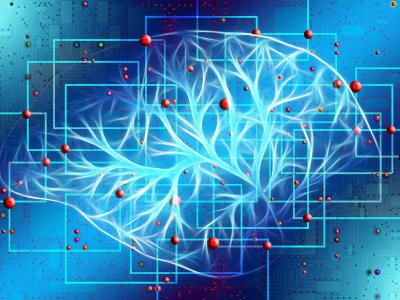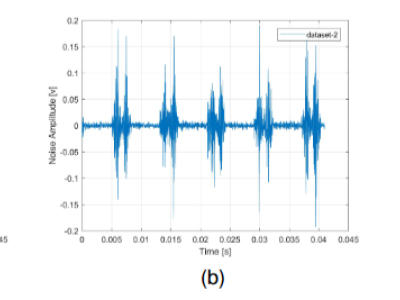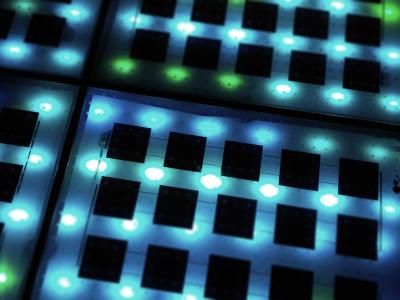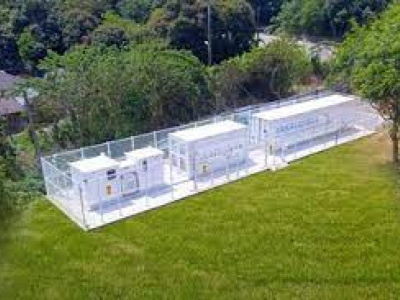
The Integrated Energy Management and Forecasting Dataset is a comprehensive data collection specifically designed for advanced algorithmic modeling in energy management. It combines two distinct yet complementary datasets - the Energy Forecasting Data and the Energy Grid Status Data - each tailored for different but related purposes in the energy sector.
- Categories:





